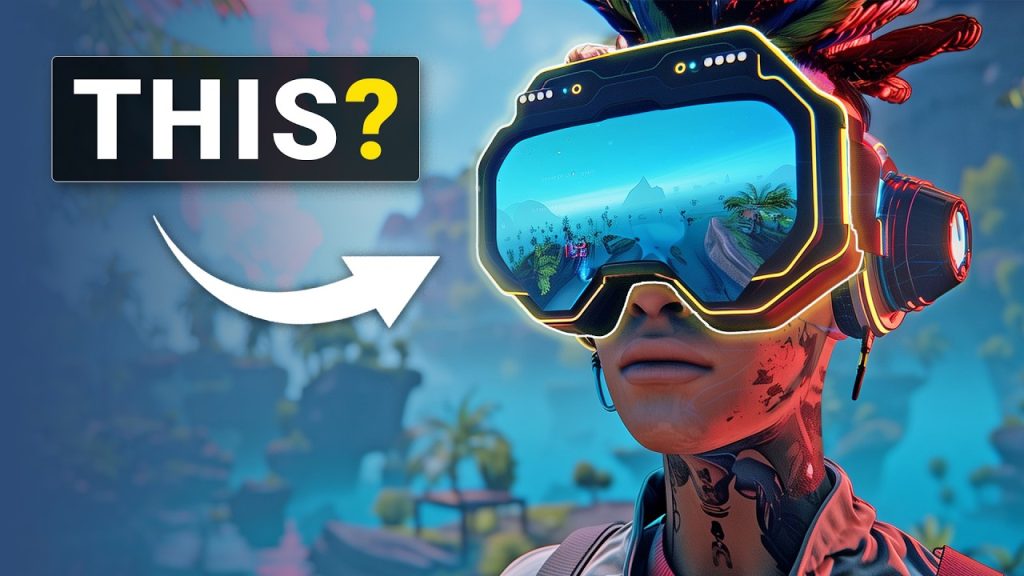Transforming Gameplay: The Era of Embodied Avatars

The world of gaming is evolving, reaching levels once thought impossible. Imagine playing a video game not with a controller, but with your own body. This fascinating concept of embodied avatars brings players physically into the game, making it an incredibly immersive experience.
While past technologies could not accurately match human motions, significant strides are being made. These advancements are removing old limitations and enhancing the realism of virtual environments. Join us as we delve into this groundbreaking innovation and explore its vast potential.
Embodied Avatars in Gaming
Embodied avatars in gaming take the experience to a whole new level. Instead of using a controller, players use their own bodies to navigate and interact within the game. Imagine moving through an intergalactic world, wielding a lightsaber, or aiming and shooting—all without touching a controller. This technology is groundbreaking and redefines immersive gameplay.
But is it really possible? The initial thought is that this should be impossible because earlier techniques couldn’t match real human motions accurately. They either had delays or couldn’t understand complex movements needed for a practical gaming environment. The challenge lies in mapping sensor readings from a headset and controllers into real-time human motion. Despite the obstacles, significant progress has been made in this fascinating field.
Challenges and Solutions
One major hurdle is that current systems don’t capture lower body movements effectively. They have difficulty knowing what the lower body is doing in real-time. To solve this, the new method guesses your future movements based on your current motion. By predicting the next moves, the system becomes more responsive. It also estimates the lower body movements using upper body data, fusing the two together to create a cohesive avatar motion.
While the technology isn’t perfect, it works impressively well. The system can guess what the lower body should do based on the upper body’s actions. Although there’s some uncertainty and it’s not always accurate, the correlation is good enough for an enjoyable gaming experience. It also performs admirably in real game scenarios, making it an exciting advancement.
Improved Realism and Flexibility
Additionally, the AI can translate limited physical movements into in-game actions for those with less space or who prefer a more relaxed gaming experience. This makes the technology accessible to a broader audience, accommodating different play styles and environments.
Fine Motor Skills and Interaction
The system isn’t just about large movements; it also nails the finer details. This includes precise finger movements. The technology ensures that fingers behave naturally in the game, avoiding collisions and allowing for delicate actions. For example, players can pet a virtual bunny accurately, adding a layer of realism often missing in virtual environments.
Achieving this level of detail requires more than just clever algorithms. The key ingredient is three hours of motion capture data. By analyzing this data, the AI learns to replicate detailed human motions accurately. This combination of data and advanced algorithms produces a highly responsive and realistic avatar.
Potential and Future Applications
The potential for embodied avatars in gaming is immense. This technology could revolutionize how we interact with virtual worlds, making games more immersive and enjoyable. It opens up new possibilities for game developers and players alike, offering unprecedented levels of control and interaction.
Beyond gaming, this technology has applications in various fields. It could be used in virtual training programs, providing realistic simulations for professionals in healthcare, aviation, and other industries. The ability to mimic real-life movements accurately can make training more effective and engaging.
Another exciting prospect is its use in social virtual environments. People could interact more naturally in virtual spaces, enhancing remote social interactions. This could be particularly beneficial in times when physical distancing is necessary, providing a more engaging and realistic way to connect virtually.
Conclusion
In conclusion, embodied avatars could change gaming forever. With the capability to mimic detailed human movements and the flexibility to adapt to different body types, this technology brings a new level of realism to virtual experiences. It also opens doors to various applications beyond gaming, making it a truly transformative advancement. It’s an exciting time for both gamers and tech enthusiasts.
In conclusion, embodied avatars could revolutionize the gaming experience by providing an unprecedented level of realism and immersion. With the ability to mimic detailed human movements and adapt to different body types, this technology elevates how we interact with virtual worlds. Beyond gaming, its potential applications in virtual training and social interactions make it a transformative advancement. It’s an exciting time for tech enthusiasts and gamers alike.
As technological advancements continue, the future promises even greater possibilities for embodied avatars. The blend of AI and motion capture offers a glimpse into a new era of interactive, immersive experiences. Embracing this innovation opens doors to endless opportunities. The gaming world and beyond stand on the brink of a fascinating transformation. Embrace the future of gaming technology—it’s closer than you think.





